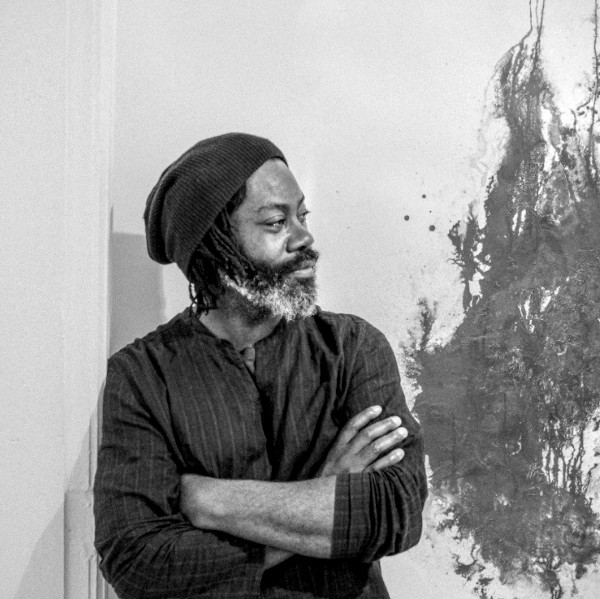Courage, defiance and the sea
A conversation with Stanley Wany
Stanley Wany is an Afro-Caribbean artist. His work For Those Who Chose The Sea is a multimedia installation that engages with the past, present and current effects of the transatlantic slave trade. Wany’s art addresses the generational trauma inherited by descendants of the African diaspora.
After immigrating to Canada as a child, Wany used art to experiment with ideas surrounding culture and identity. Drawing quickly transitioned from one of his hobbies to a form of self-discovery.
“Drawing was a way of relating to the world. I drew what I thought life was,” he says. “For an immigrant kid growing up in a foreign culture, you seek points of reference.”
Wany began his career as a graphic novelist and saw comics as a gateway to other forms of creative expression.
“From there, I jumped to literature, music and so on, but drawing was always for me the best way to express myself. I use symbolism, history and the unconscious to talk about things,” he says.
For Those Who Chose The Sea is especially timely, as Canada continues to grapple with and profit from systems built on racial injustice. Wany says this installation is a response to blatant racism.
“It feels like we went back to the Jim Crow era or something,” he says. “As a father, I’m honestly questioning the type of future my kids will have in a world that seems to be devolving.”
For Those Who Chose The Sea documents the defiance and courage of those who were enslaved, while demonstrating today’s spirit of resistance.
“People all over the world are engaged in different fights right now,” Wany says, mentioning Indigenous people who fight colonialism and queer and Black people “literally fighting for their lives and the right to be recognized.”
“These stories, to me, can serve as a clear example of people who have defied and continue to defy these hegemonic systems of oppression,” he says.
Wany also points to Canada’s history of playing the hero while disregarding its role as a villain.
“There is a discourse about how this country’s only link to slavery was the underground railway. This is demonstrably false. Artists like Deanna Bowen teach us about the racist history of Canadian culture,” he says.
Racist sentiments are still alive and real in Canada, Wany says, most recently exemplified by the hesitancy and outright refusal to instate anti-racist teaching in schools.
“My feeling is that it is time for us, not only Black folks, to be confronted with these stories again,” he says, “the stories of who we are as people of African descent, where we came from, and how we resisted and survived one of the most gruesome acts in human history.”
For Those Who Chose The Sea includes a wooden replica of the compartments used to hold enslaved people as they were transported across the ocean. This structure was built according to measurements taken from Veloz, a Portuguese slaving ship.
“I wanted to try and make people experience what it was like to have something like that happen to them. Of course, you can never replicate such a horrible event, and the point is not to, but to be able to experience it as a society, as people of diverse backgrounds, without judgment or politics, but as human beings.
For Wany, hope comes in the form of shared humanity.
“Maybe we can all come out from the bowels of the slave ship and recognize humanity in each other. Does art have that power? I don’t know. But if art is to reflect its surroundings and the times, then these stories need to be told.”
For Those Who Chose the Sea is available at Plug In Institute of Contemporary Art (460 Portage Ave.) until Jan. 21. More information and resources discussing Canada’s history of enslavement are at at bit.ly/3THV81x.
Published in Volume 77, Number 10 of The Uniter (November 17, 2022)








